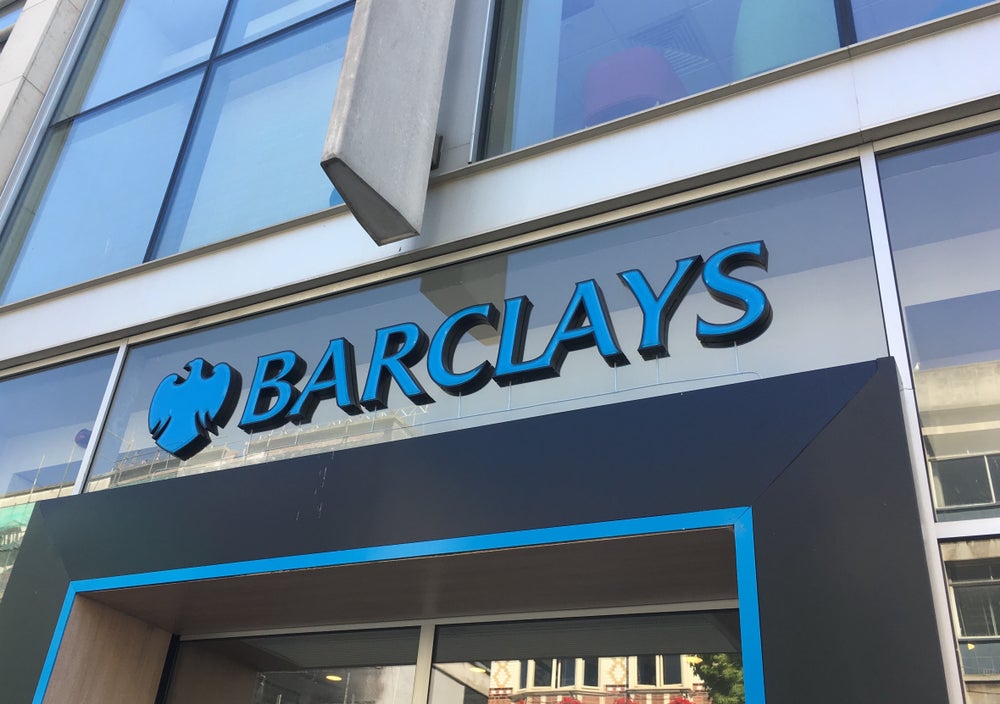
Jamie Johnson, CEO and Co-founder of FJP Investment assesses the state of the UK property market and asks whether Brexit is really putting investors off this long favoured asset class.
It’s now more than a thousand days since the EU referendum. For many people, the vote seems like an age ago, so drawn out has the negotiation process been. And yet, almost three years on and the UK is still unable to agree a deal for leaving the European Union.
Since 23 June 2016, Brexit has permeated every industry and every financial market. Property is no exception – real estate has, in fact, been a focal point of much Brexit speculation, with onlookers ruminating over what this event could mean for house prices in the short and long term.
However, despite many doom and gloom predictions, the property market has responded resolutely to the challenges caused by Brexit. Indeed, while the uncertainty emanating out of Westminster has naturally caused some hesitancy among both buyers and sellers, prices have held firm or risen in most parts of the country, and investment into construction and development projects has continued.
With Saturday 6 April marking the start of the 2019/20 financial year, now is an opportune moment to reflect on the current state – and health – of the UK’s property market.
House prices rise but hesitancy remains
According to the Office for National Statistics (ONS), the average UK house price in June 2016 was £214,000. As of January 2019, this figure stood at £228,000. Therefore, while the rate of growth has slowed in some areas, and even plateaued in others, it is important to take many of the negative forecasts for the property market with a pinch of salt.
How well do you really know your competitors?
Access the most comprehensive Company Profiles on the market, powered by GlobalData. Save hours of research. Gain competitive edge.

Thank you!
Your download email will arrive shortly
Not ready to buy yet? Download a free sample
We are confident about the unique quality of our Company Profiles. However, we want you to make the most beneficial decision for your business, so we offer a free sample that you can download by submitting the below form
By GlobalDataAs an asset class, bricks and mortar has historically proven its ability to weather periods of political and economic turbulence. Indeed, that is why it is so often favoured by investors looking for long-term capital gains as well as through seeking more immediate returns in the form of rental yields.
The above figures from the ONS demonstrate this point. But you can look back further still; in January 2008, the average house price in the UK was £179,000. The fact it has risen by almost £50,000 (or 27%) in the past decade – a period characterised by the global economic crisis, three general elections and the Brexit vote – is testament to the resilience of property as an asset to invest in.
Nevertheless, a degree of hesitancy within the property market is unavoidable at present. Anecdotal evidence would certainly suggest investors and homebuyers are waiting for negotiations between Westminster and Brussels to reach some form of conclusion before either buying or selling real estate.
Looking forward, therefore, there are plenty of reasons to expect activity to return to the property market once a Brexit deal is agreed and the deadline passes.
Investors still attracted to property
With house prices defying a decade of turbulent political events, investors are understandably still keen to pursue bricks and mortar opportunities in the current climate.
A recent survey of more than 500 UK-based property investors found that 64% had not seen Brexit impact their property investment decisions at all. Moreover, only 7% said they had downsized their real estate portfolios since the EU referendum, with 45% actually investing in more properties over the past two-and-a-half years.
Evidently, scaremongering in some quarters about the effect Brexit could have on the property market is doing little to deter investors. And this is, no doubt, partly due to the positivity of most projections for price growth in the future.
Savills, for example, states that house prices in the UK are on track to rise by 15% over the next five years. Meanwhile, the Office for Budget Responsibility (OBR) forecasts that house prices will increase by 4% year-on-year between 2020 and 2025.
Again, the historic data plays a critical role in informing such predictions. And while these are by all accounts subject to change – no individual or organisation possesses an entirely reliable crystal ball – decades of impressive growth in the value of real estate assets has made it a bedrock of many investors’ portfolios.
Spurred on by an imbalance between supply and demand, the competitive nature of the UK’s property sector has ensured consistent returns for those investing in this asset class. Correcting this balance will be a significant long-term effort, meaning that for the foreseeable future market conditions will remain favourable for investors.
Construction and development must continue
Leaving price growth and investor appetite to one side, we cannot discuss the state of the property market without assessing activity in the construction sector. And it has been positive to note progress in this space.
When the Chancellor stood up to make his 2019 Spring Statement in mid-March, people rightly expected a speech lacking in substance; Philip Hammond has been keen to play down the role of the Spring Statement ever since coming into the role, while Brexit only further diminished the odds of any noteworthy announcements.
But something of substance was unveiled: a £5.5 billion expansion of the Housing Infrastructure Fund to build more homes across the UK, and the government guaranteeing up to £3 billion of borrowing by housing associations in England to support the delivery of around 30,000 affordable homes.
The housing crisis is one of the most pertinent domestic issues that the government needs to address, and additional funding to ensure the construction of more new homes (most of them affordable) is a welcome step forward. It comes as part of the Conservative Party’s pledge to add 300,000 new homes to the market every year by the mid-2020s.
The challenge now is to ensure developers have the support they need to access finance and build more homes. Debt investment products like loan notes and off-plan property investments have become an increasingly popular option in the private sector, enabling investors to access new-build properties by providing loans to the firms constructing them. This will be another area to watch keenly in the coming months.
As we slowly progress towards Brexit, the state of the UK property market is more positive than some sources would have you believe. The historical data illustrates its resilience, while long-term trends like a post-Brexit surge in activity along with on-going investment into new development means there are many reasons for the country to be optimistic about what the new financial year is likely to hold for the real estate sector.
Jamie Johnson is the CEO and Co-founder of FJP Investment, an introducer of UK and overseas property-based investments to a global audience of high net-worth and sophisticated investors, institutions as well as family offices. Founded in 2013, the business also partners with developers in order to provide them with a readily accessible source of funding for their development projects.







